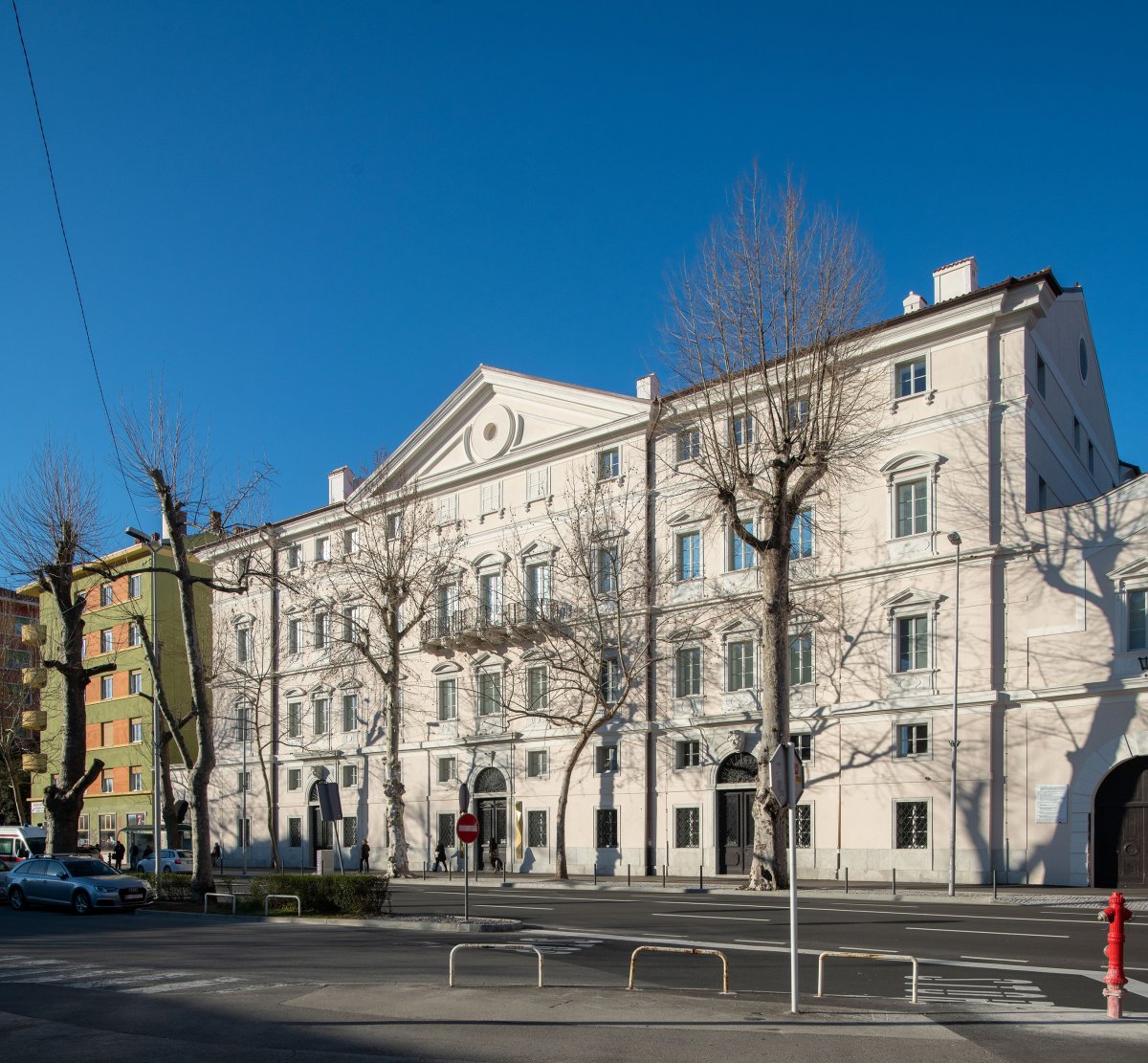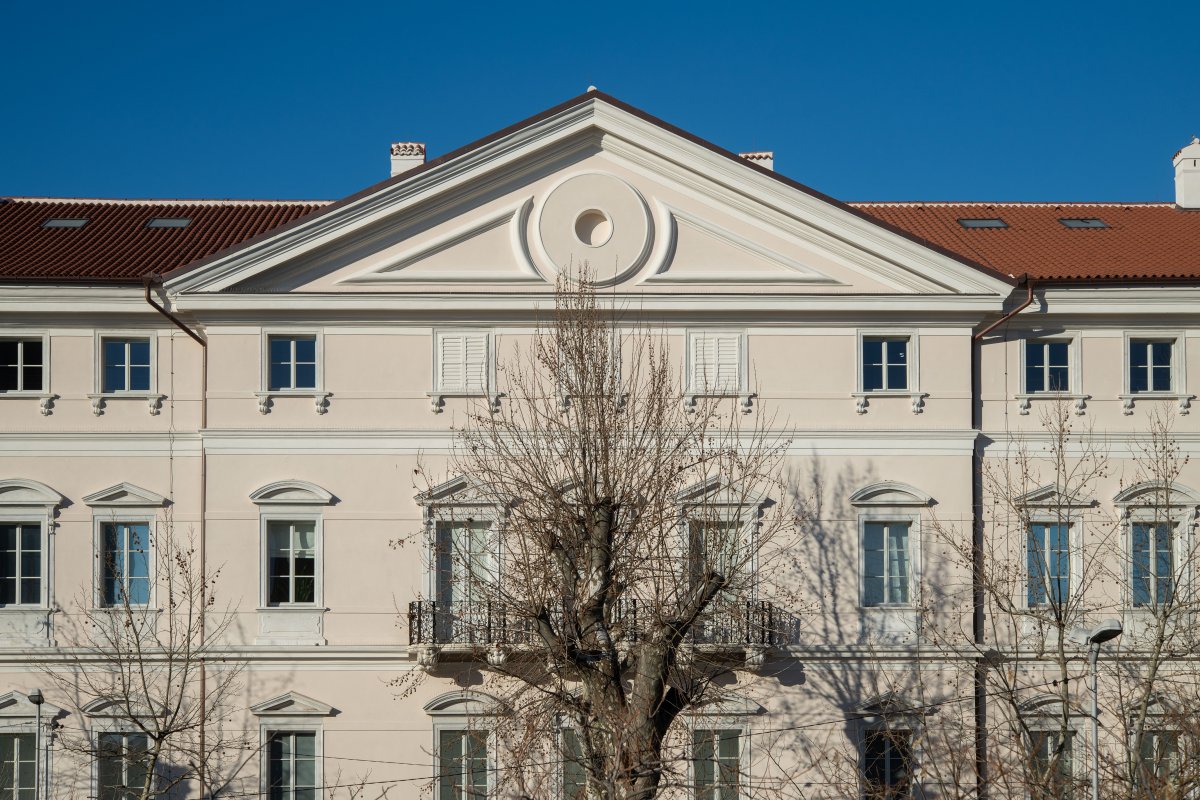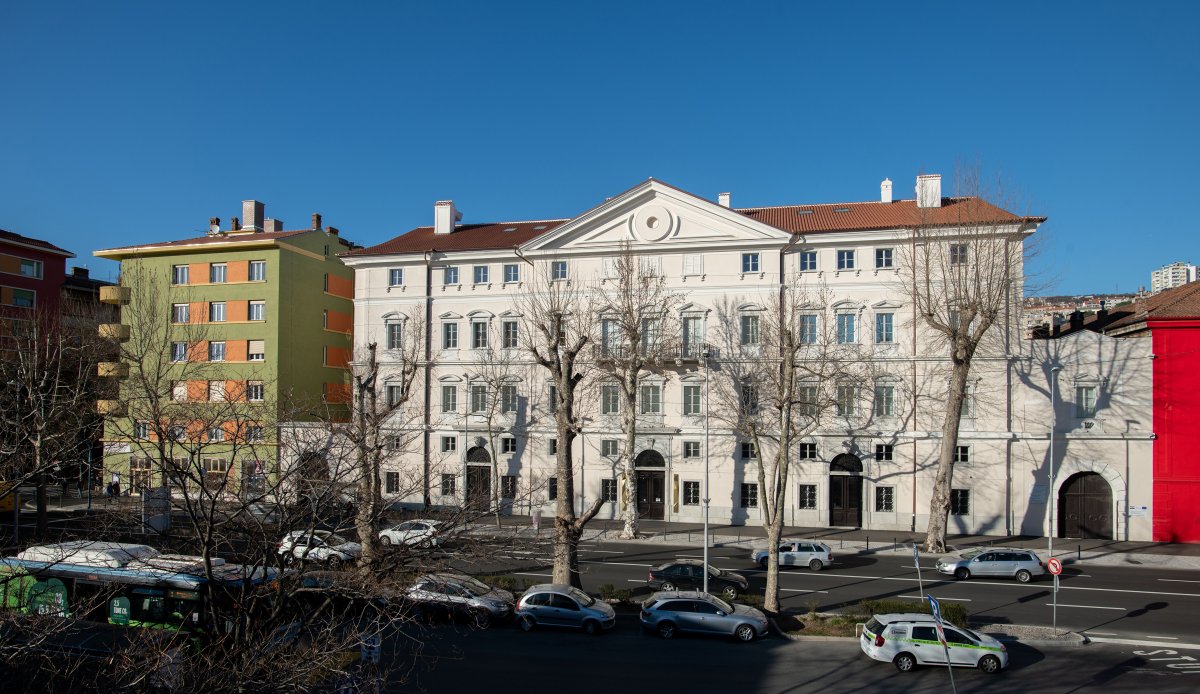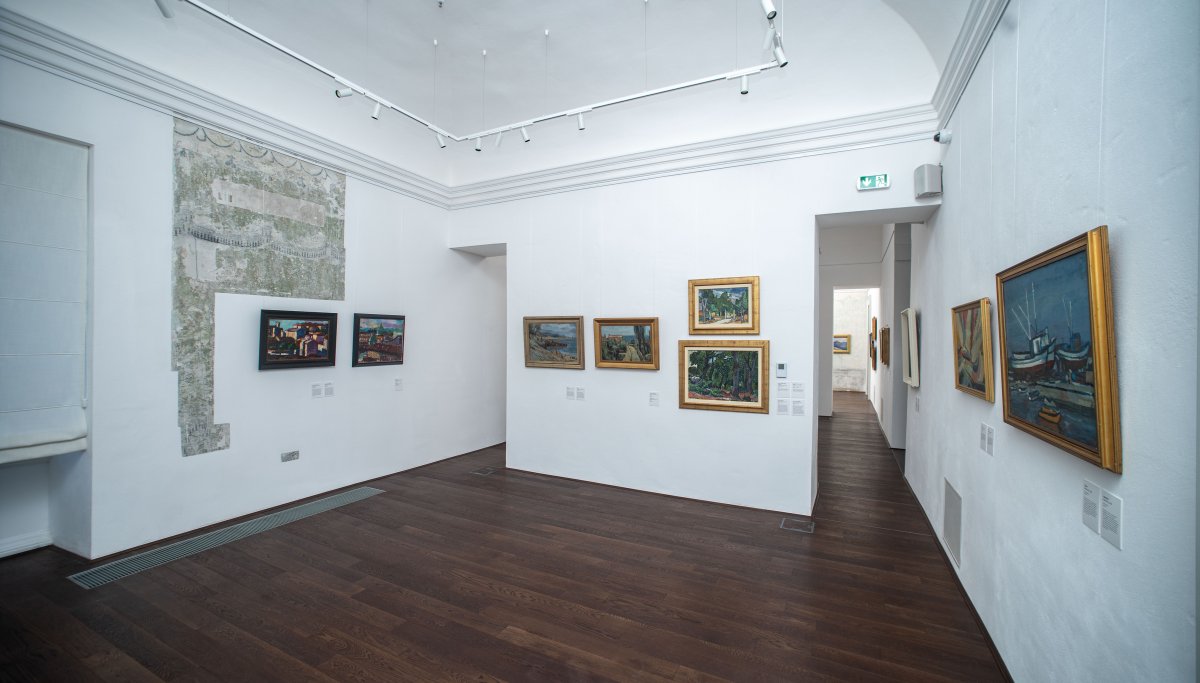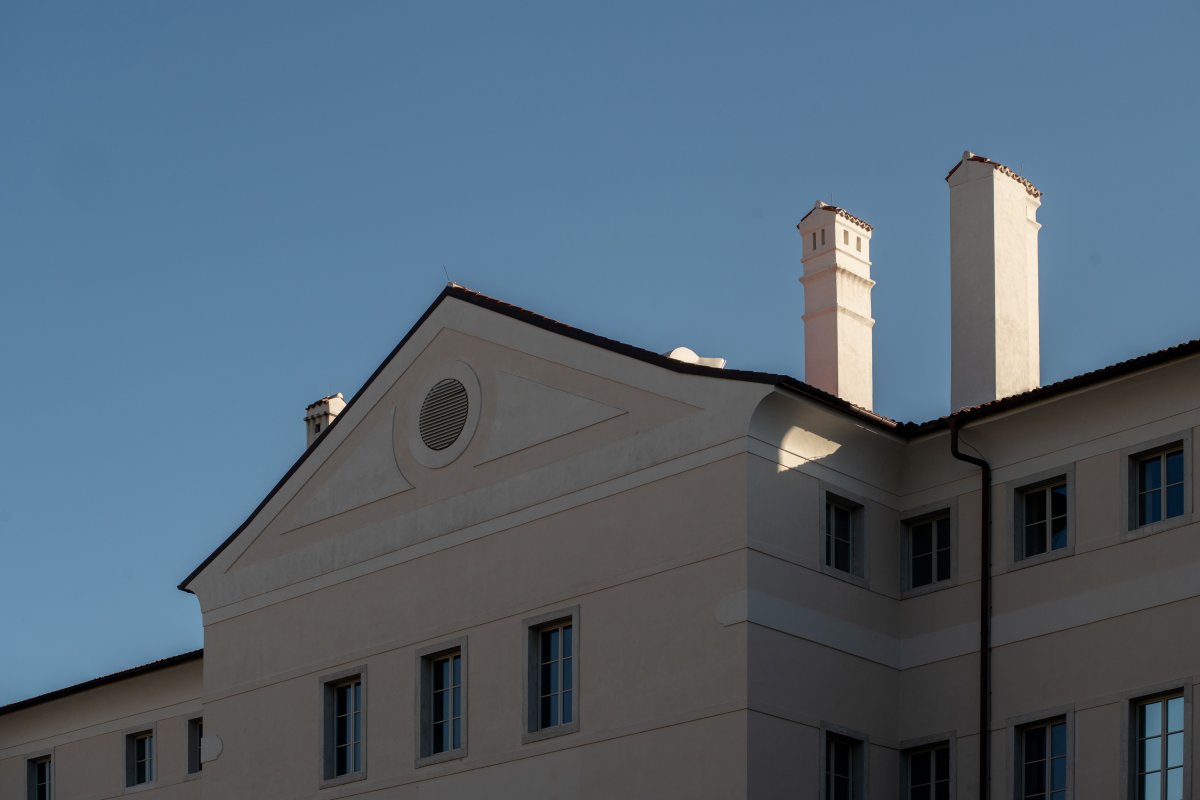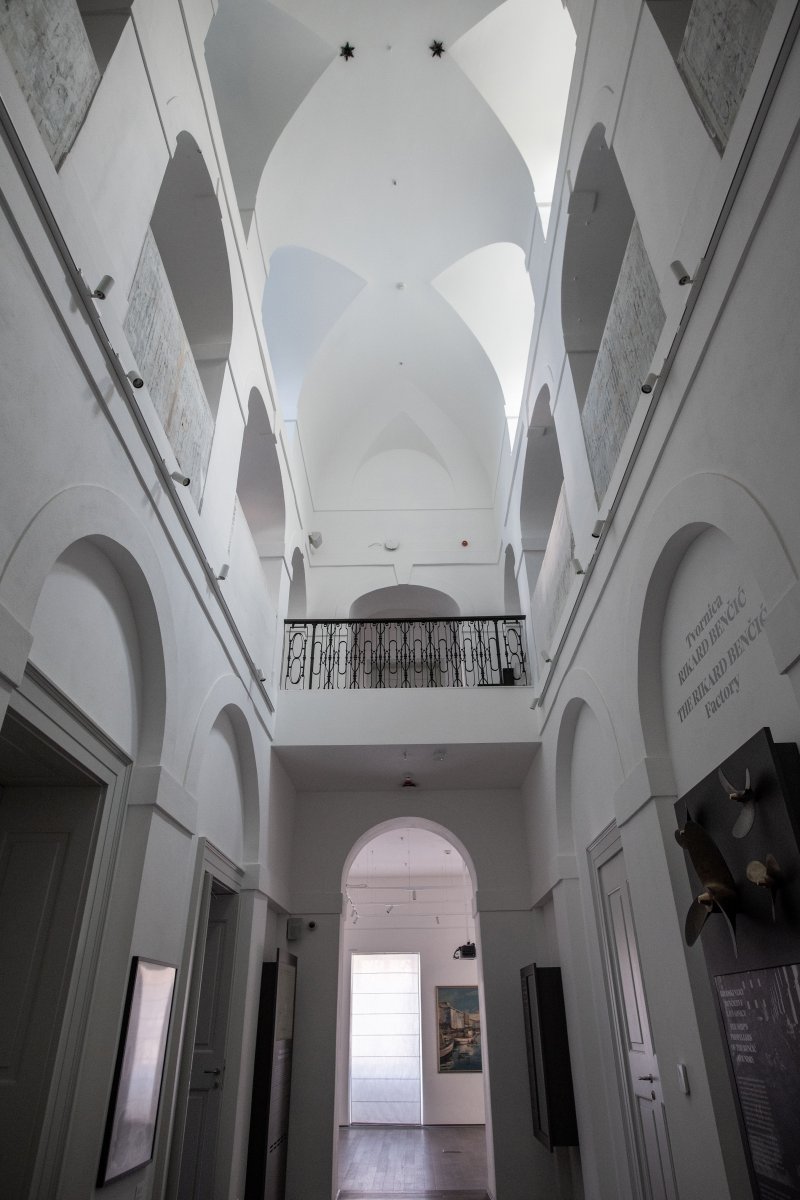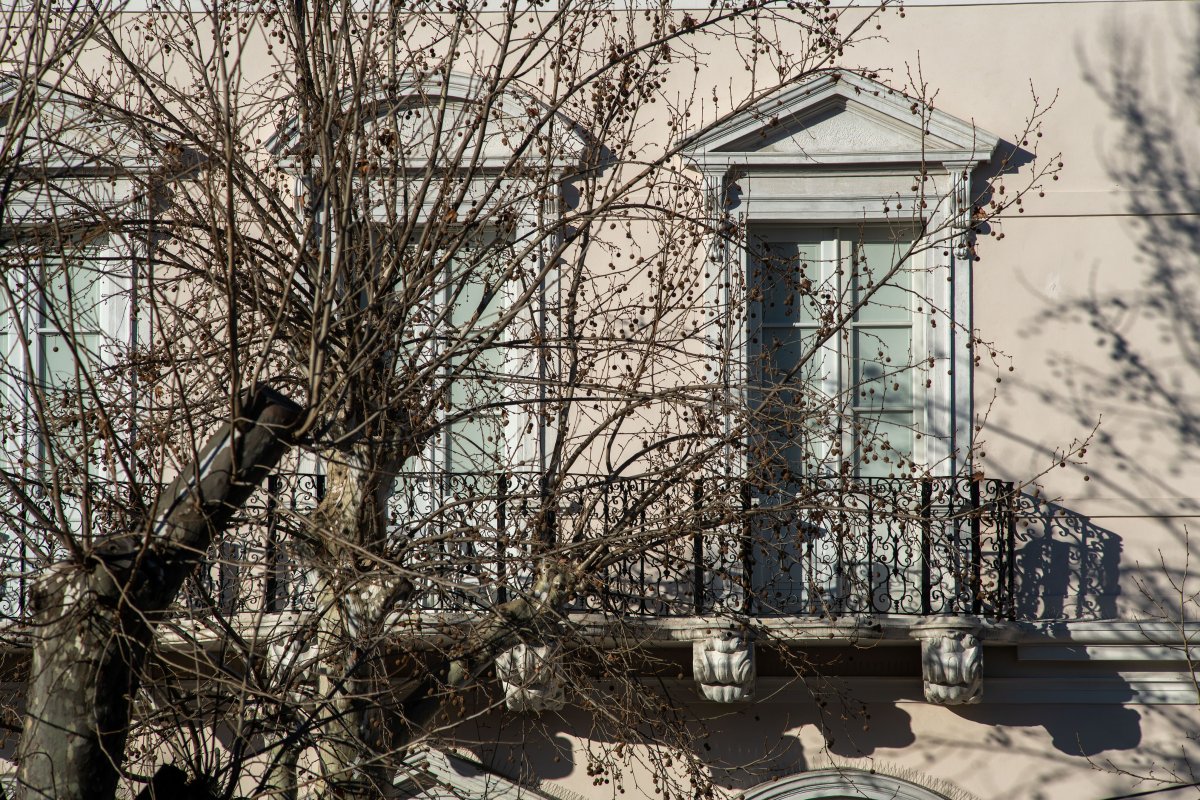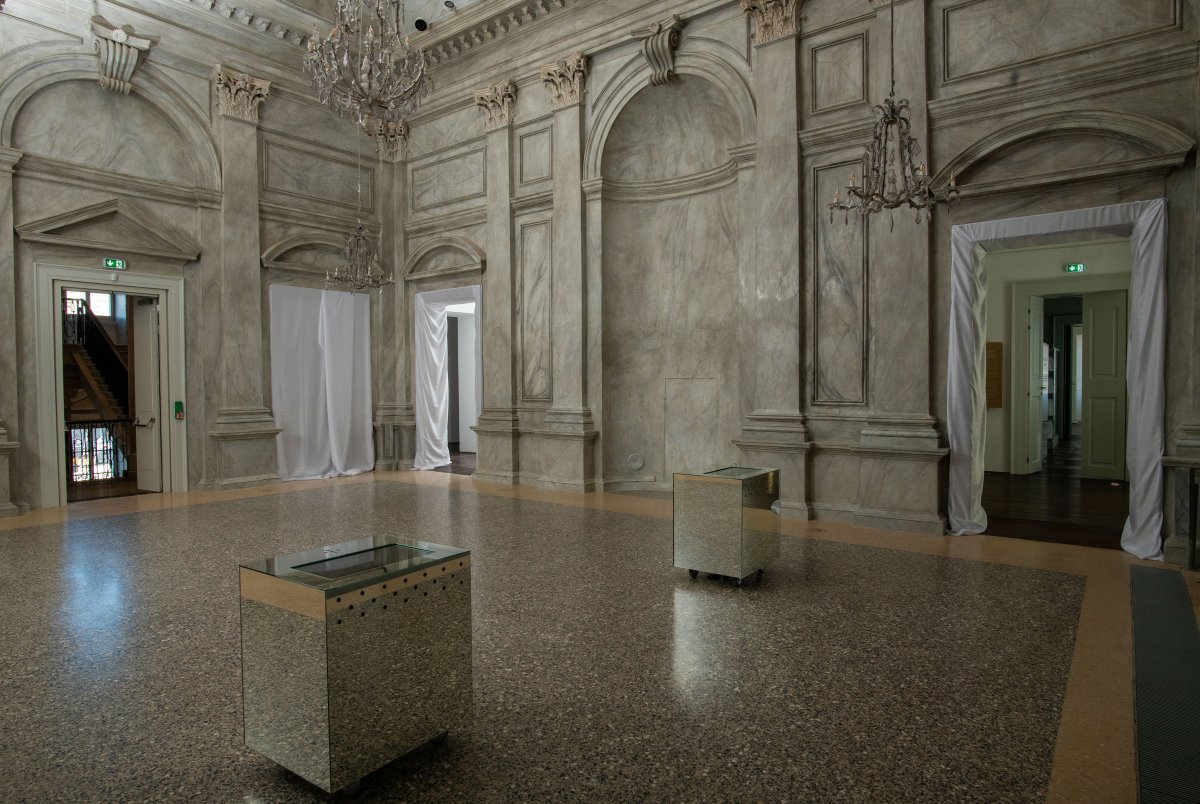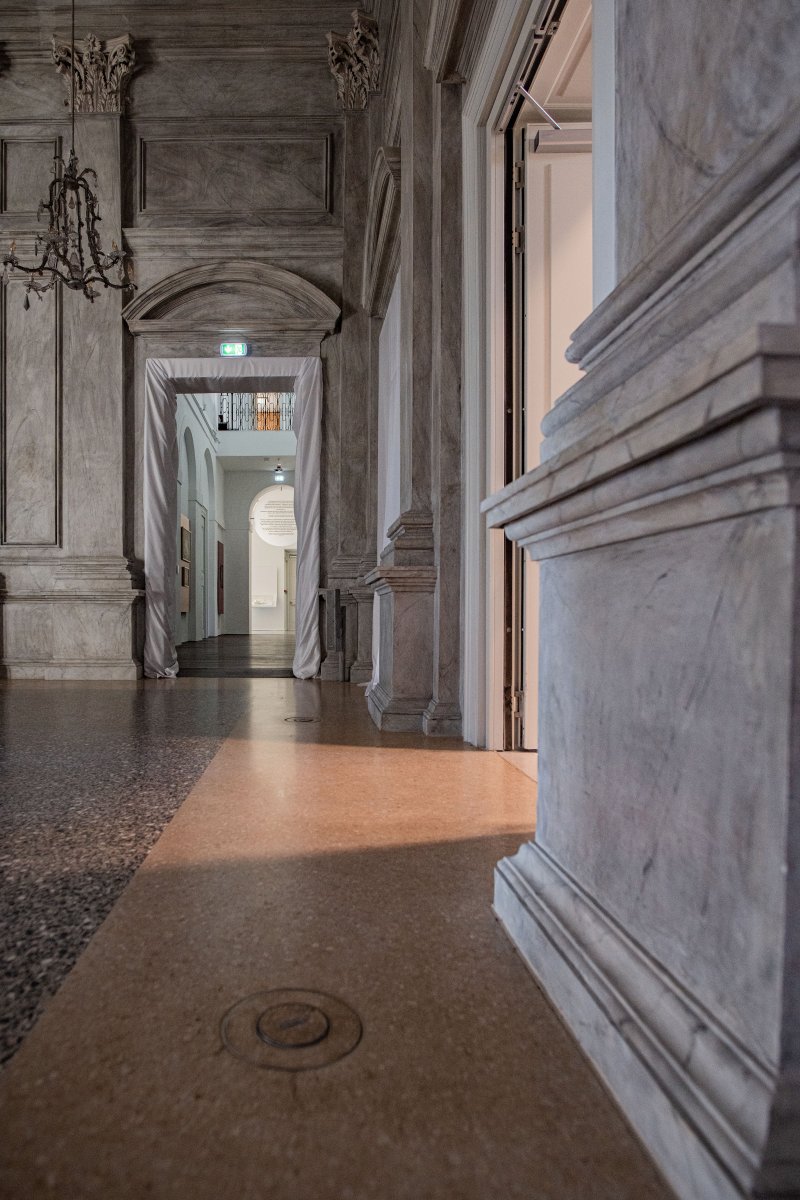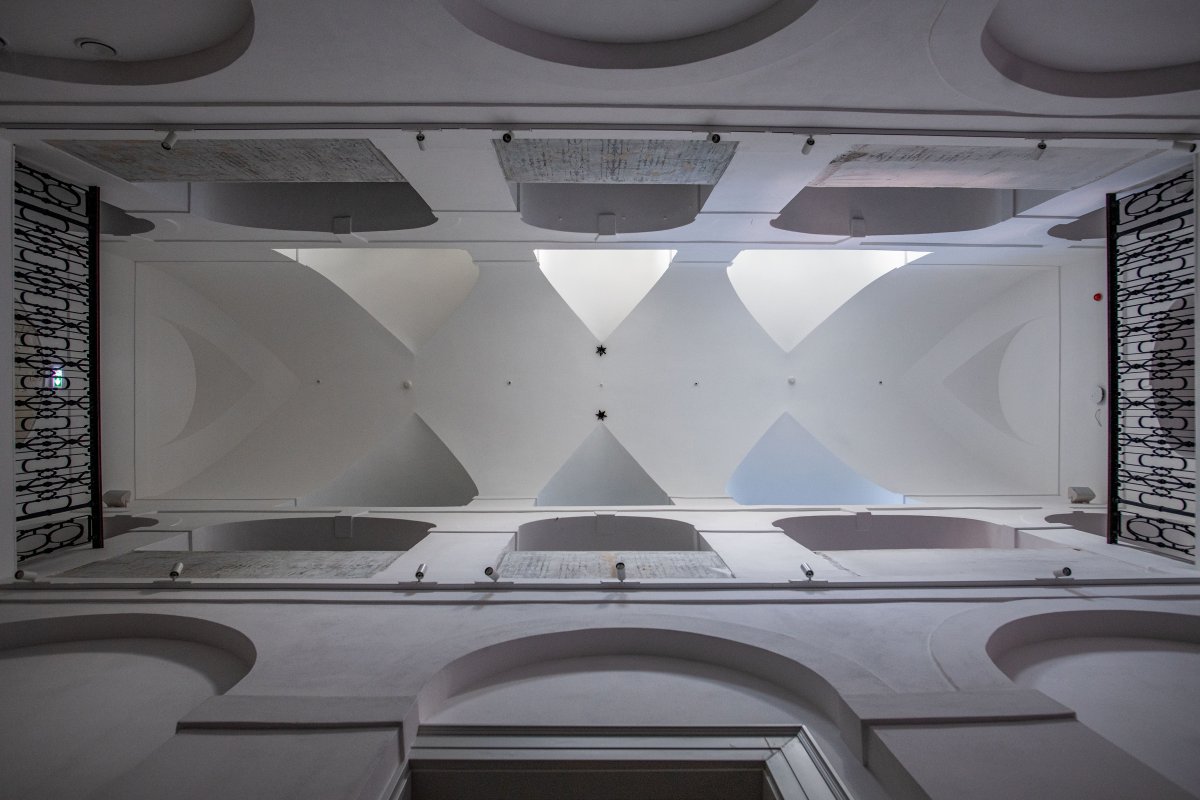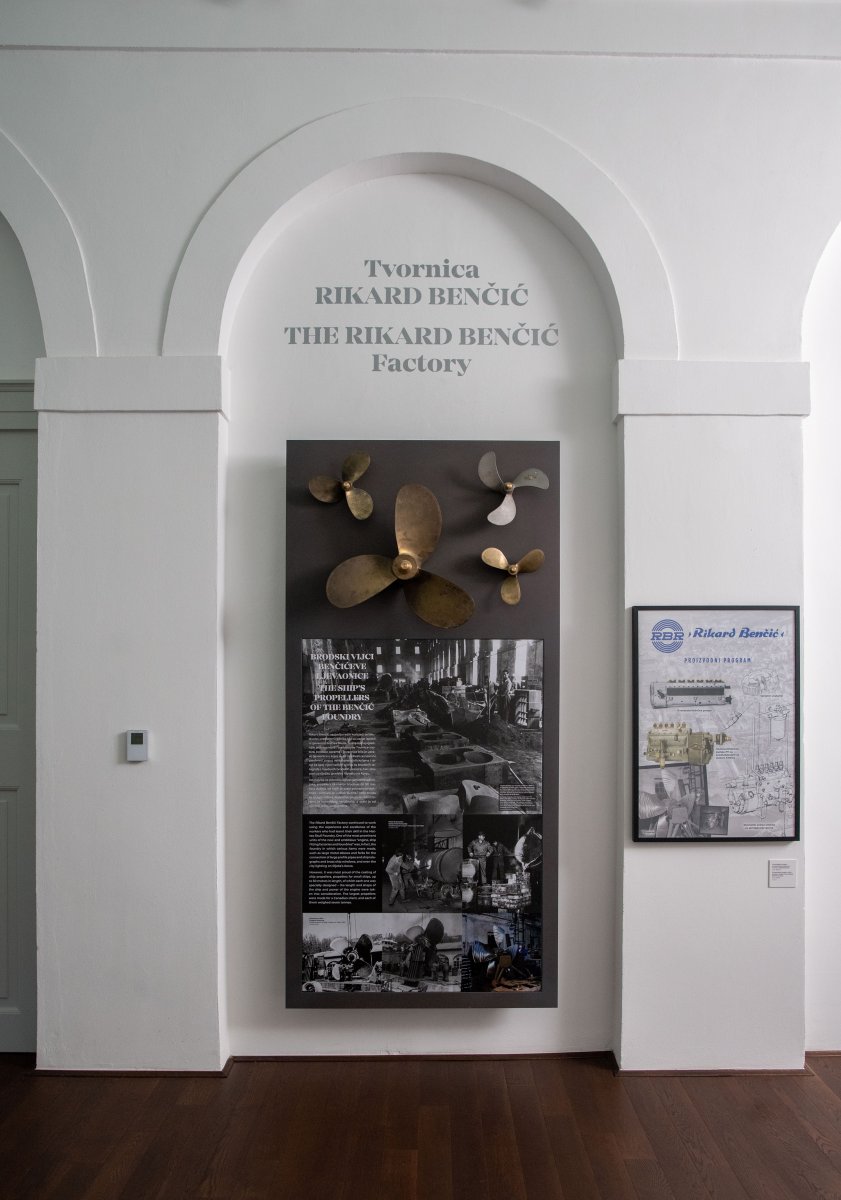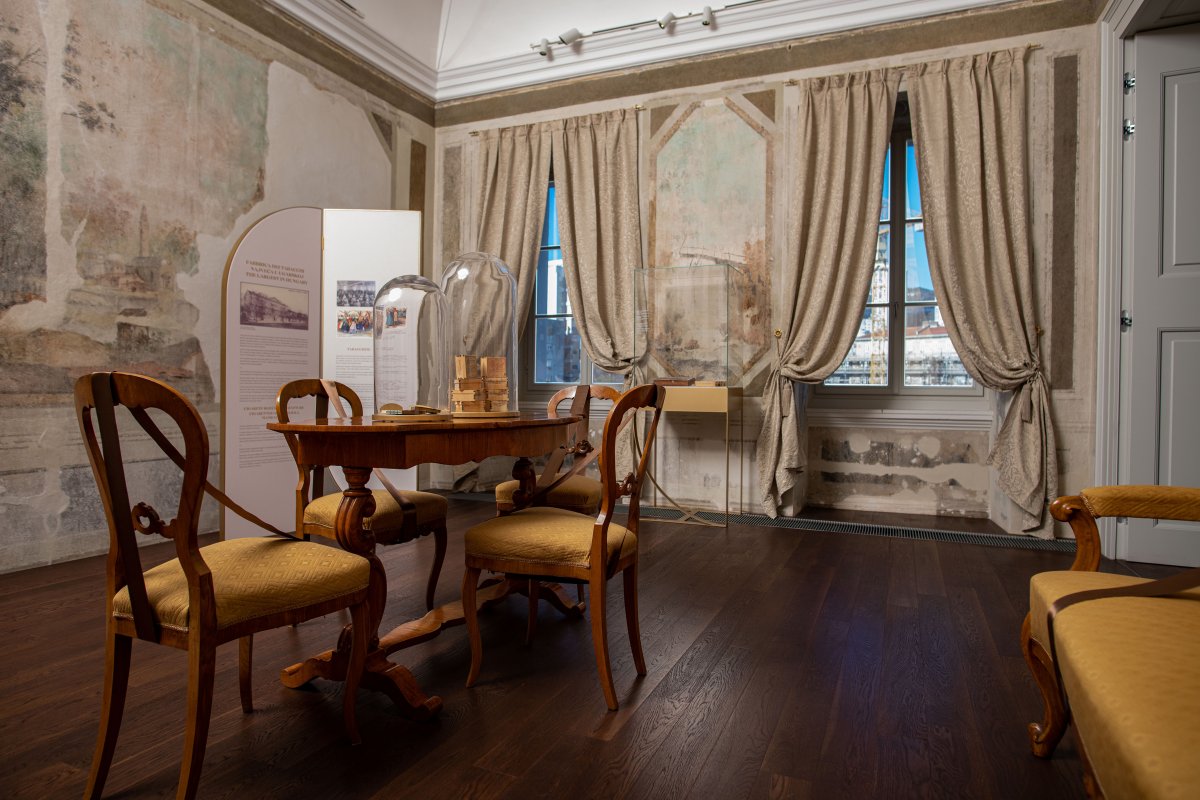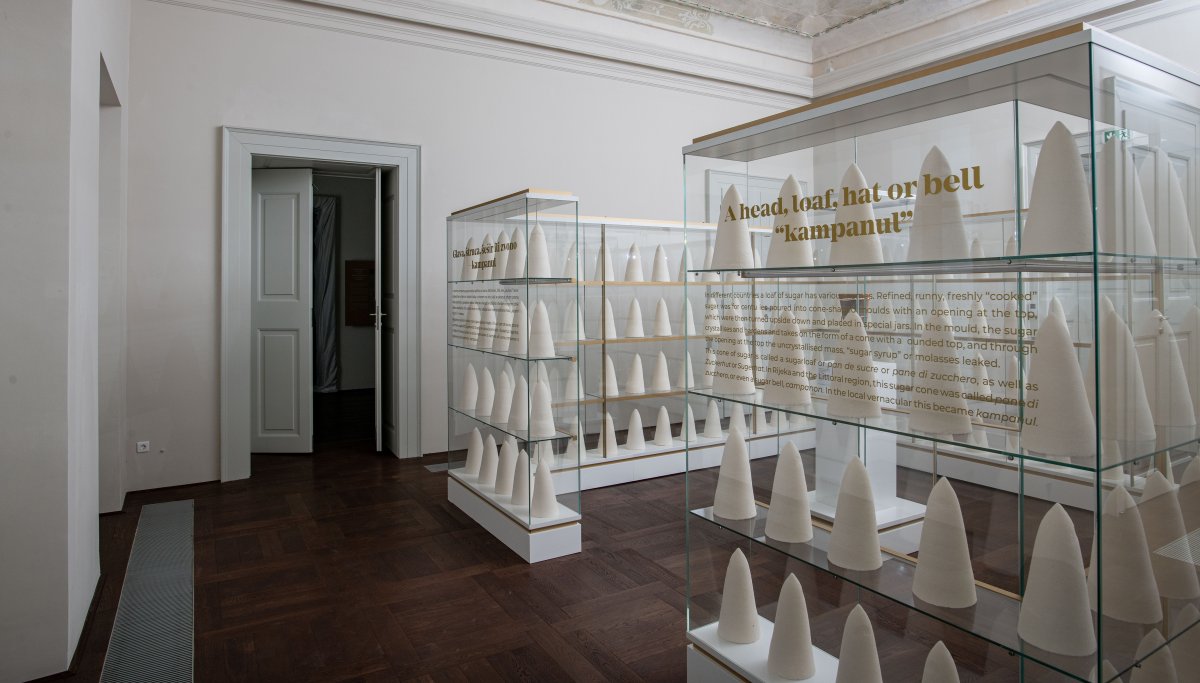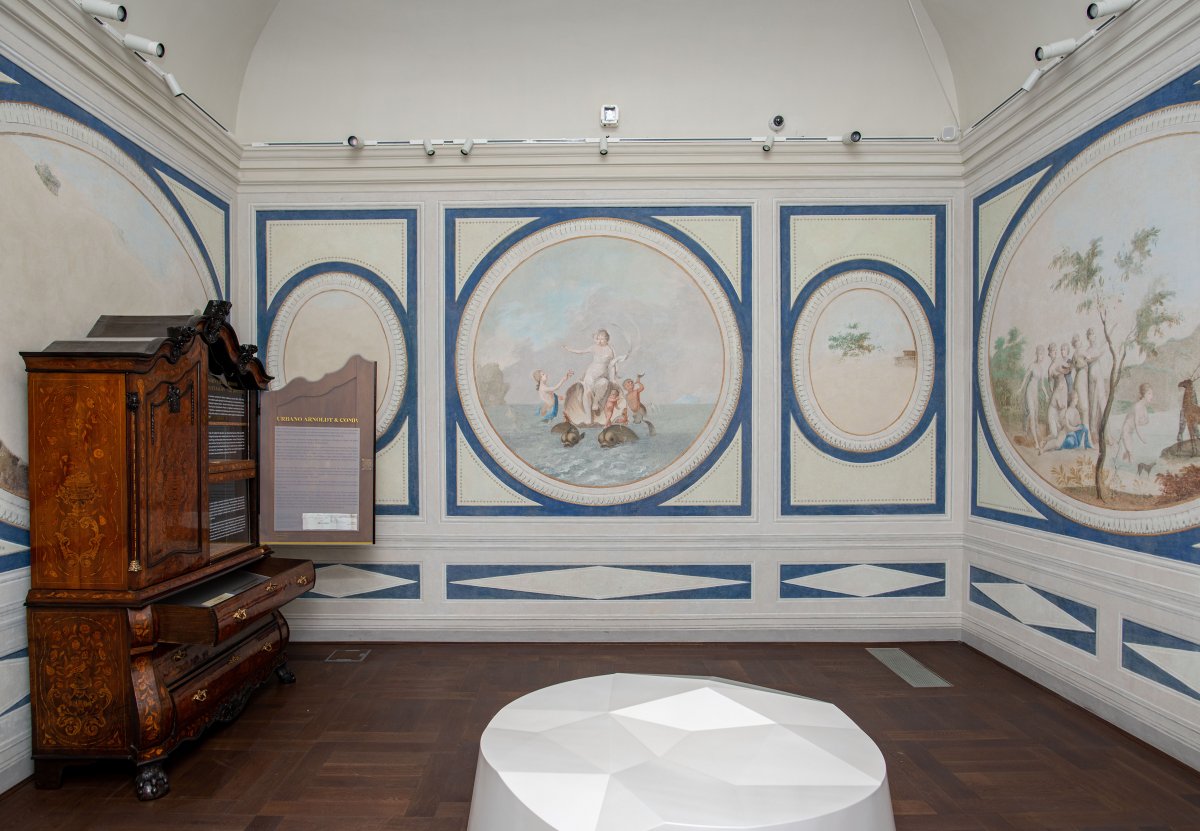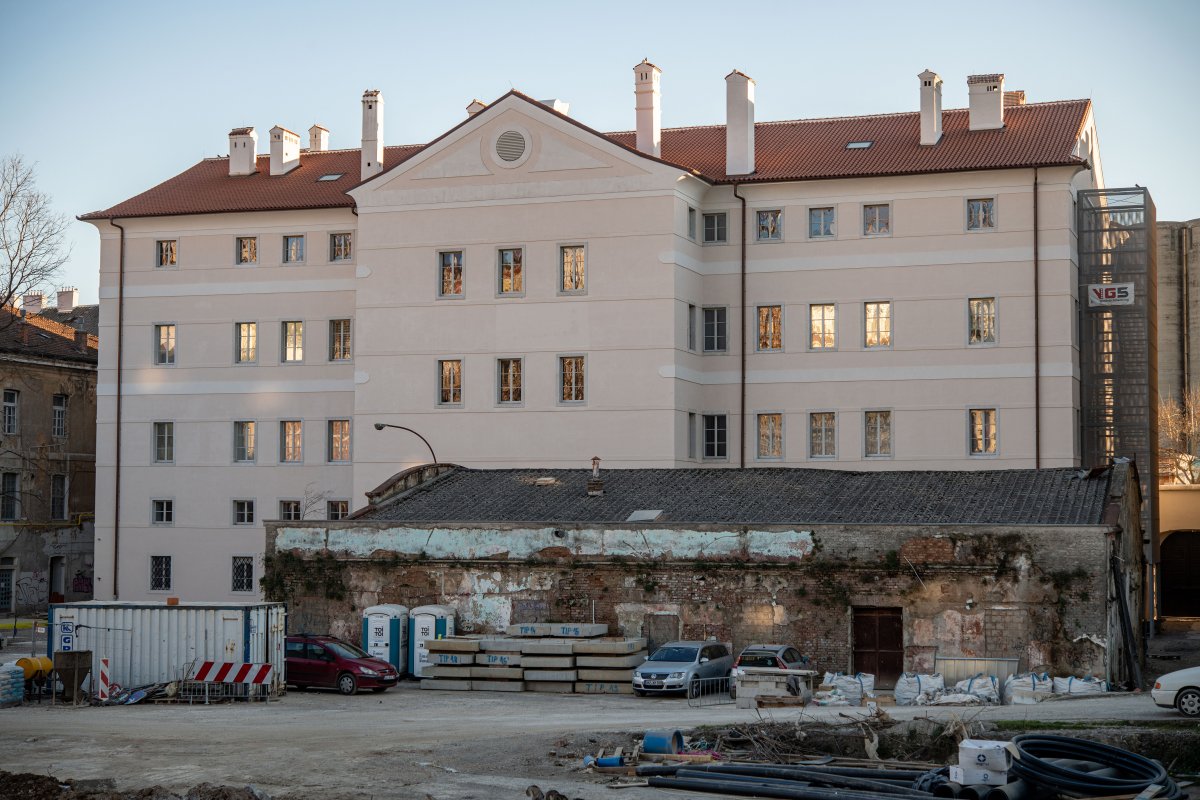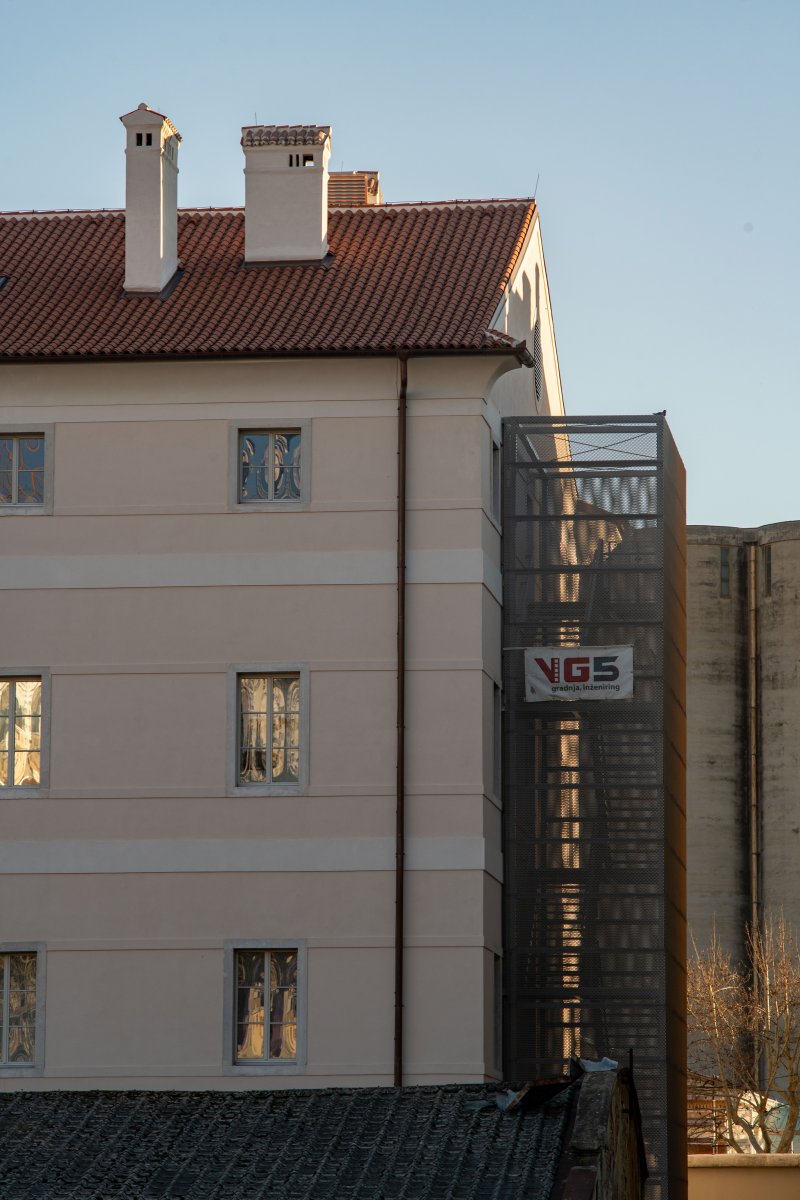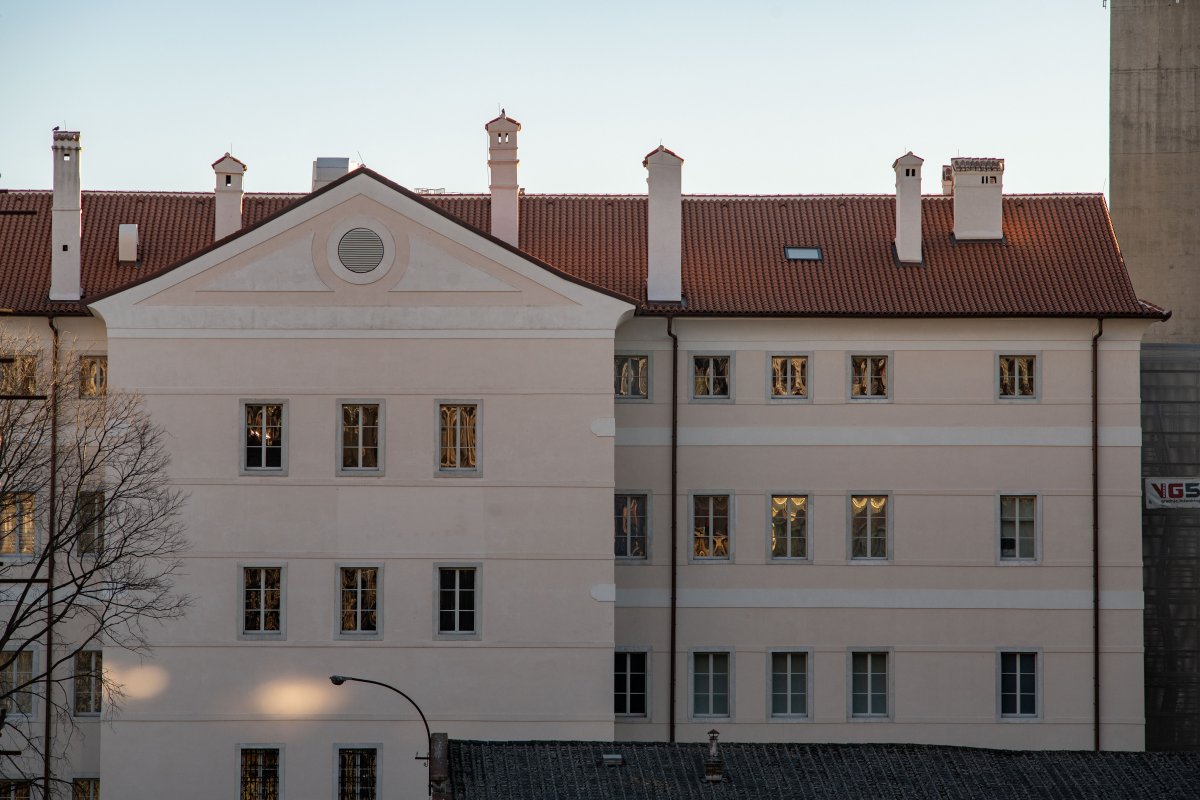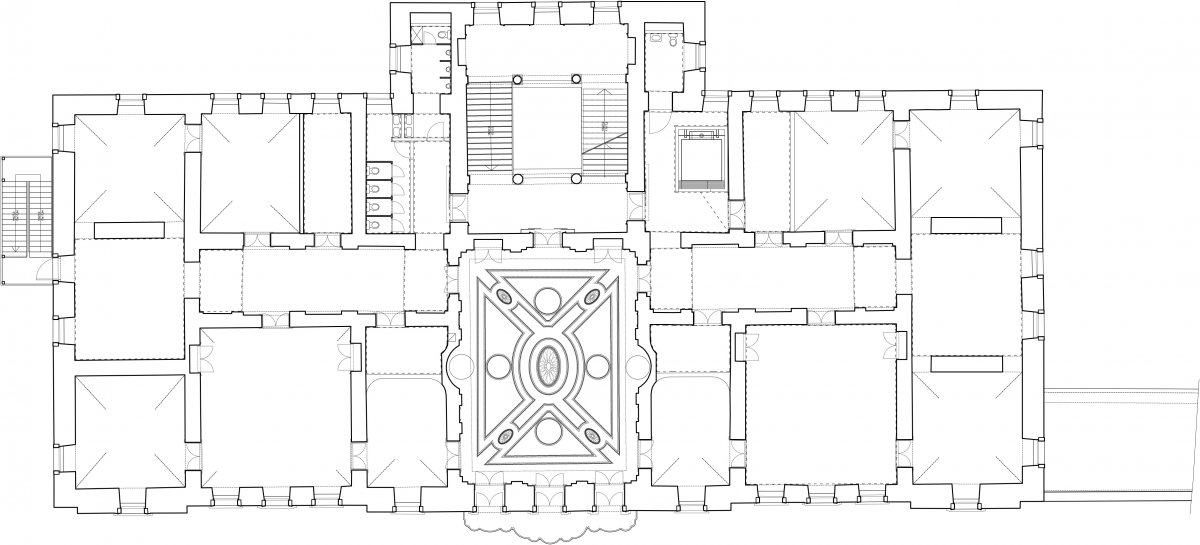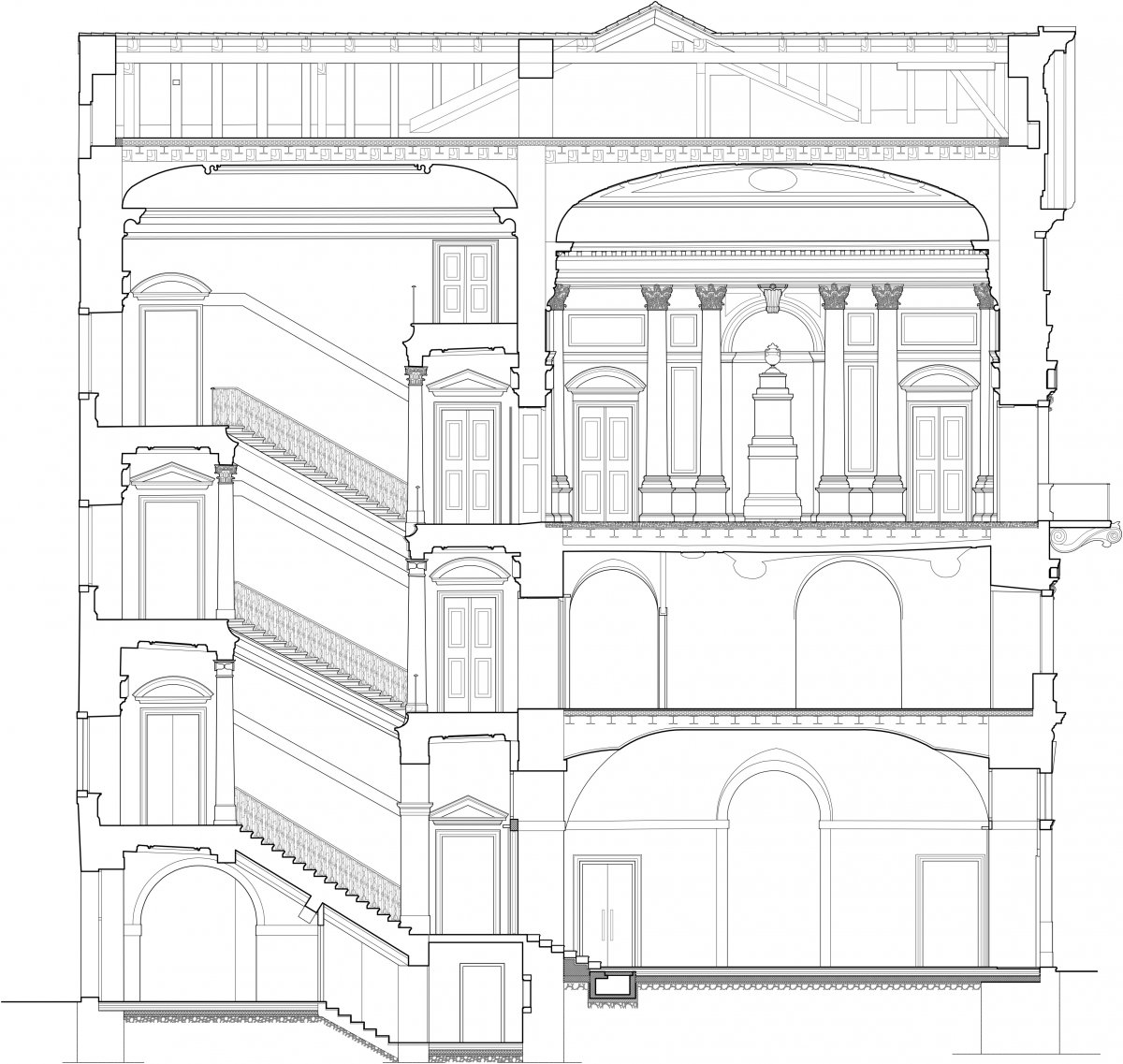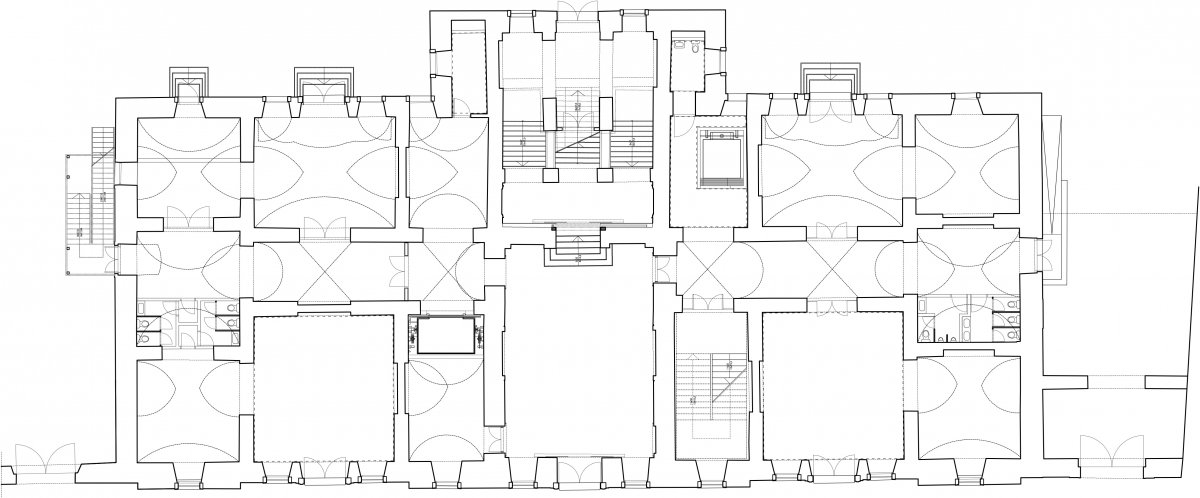City Museum of Rijeka (Sugar Refinery Palace), Rijeka, HR
The administrative building of the Rijeka Sugar Refinery was erected in 1752, as the central facility within a large complex owned by the Trieste-Rijeka Privileged Company. Following a fire in 1785, the building was renovated and richly adorned with stucco and wall paintings. The administration building of the sugar refinery excels in its spatial organization and architectural features. It is a large and representative baroque palace, the most important in Croatia and the East Adriatic coast. The palace is a one-wing building with raised ground floor, mezzanine, and three upper floors. The distribution of the interior spaces is defined by two axes of symmetry. The reconstruction project repurposed the old building into the City Museum of Rijeka. The ground floor and mezzanine are intended for commercial purpose such as a book shop, lecture halls or children’s workshops, while the first and second floors became exhibition spaces for the permanent collection. The third floor is reserved for office space of the curators. Extensive renovation was conducted from 2018 to 2020. The original floor plan was restituted and all the later additions to the original building were removed. The original circulation throughout the building was also restored. Such a large edifice, containing an exceptionally large amount of preserved historical material, has demanded very complex conservation treatment which involved experts of various fields, ranging from architects and art historians to wall-painting conservator-restorers, stucco conservator-restorers, stove conservator-restorers etc.

